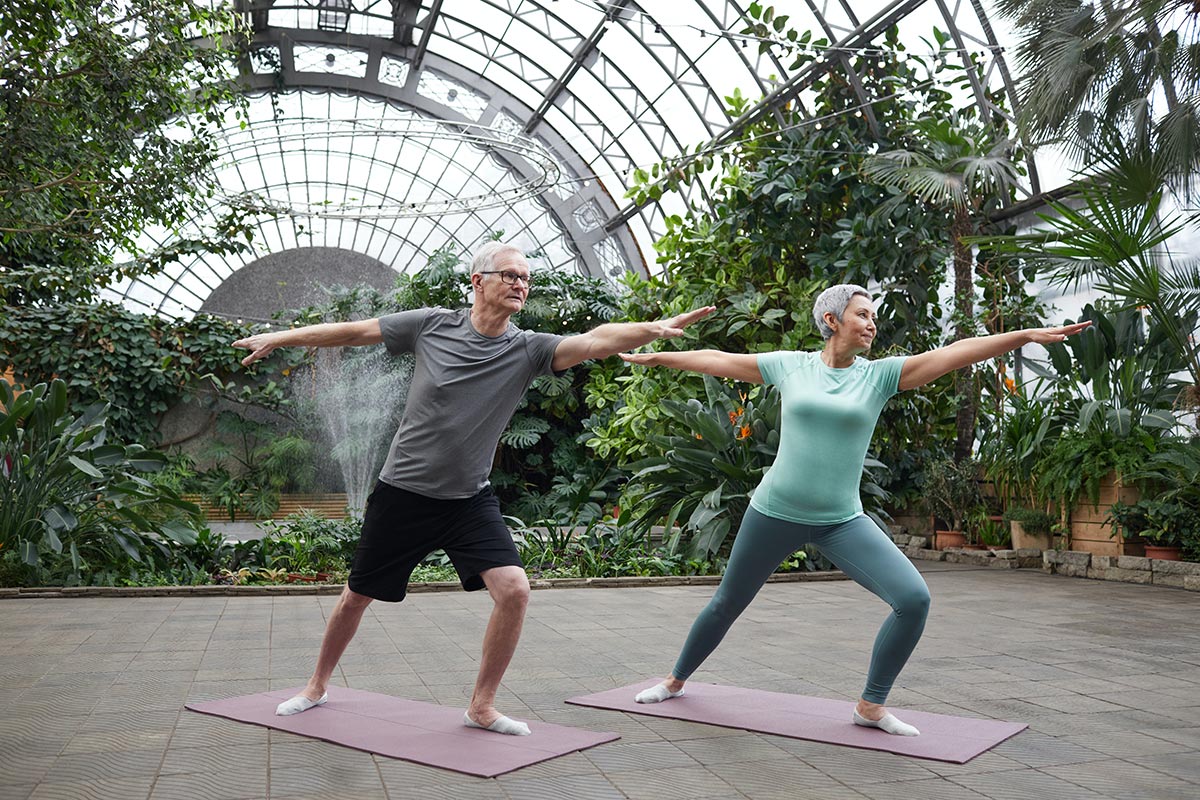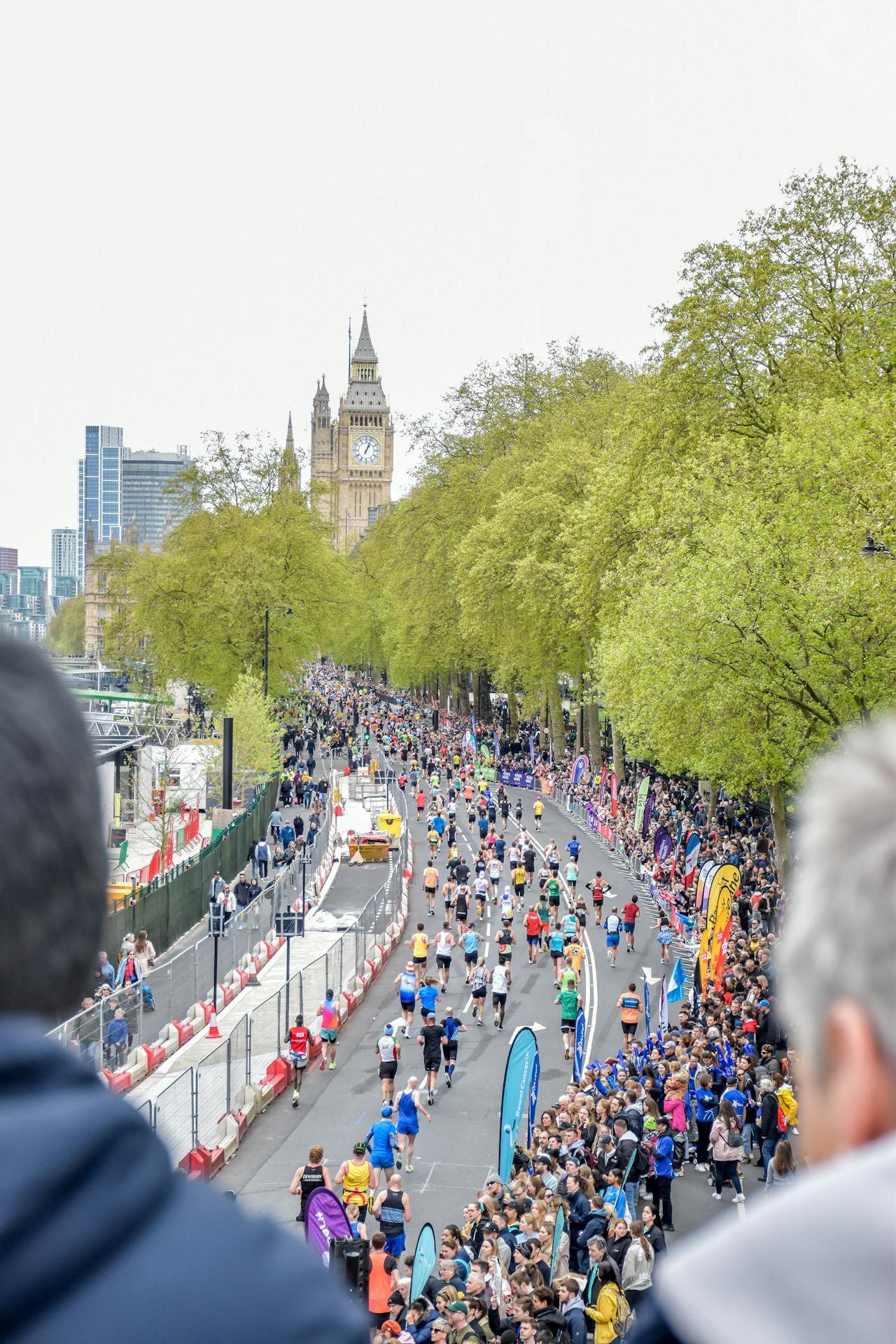Yoga has long been celebrated for its numerous health benefits, but for many seniors, it can feel like an intimidating form of exercise. Images of flexible, youthful participants twisting into seemingly impossible poses might discourage older adults from even trying yoga. Concerns about looking out of place or risking injury further compound these hesitations.
As people age, they often experience a natural decline in balance, flexibility, and overall physical fitness. This can make traditional yoga routines appear daunting. Recognizing this gap, a group of researchers in Taiwan developed a tailored program called "Silver Yoga," specifically designed to meet the needs of older adults.
What Is Silver Yoga?
Silver Yoga, created by Chen, Tseng, and their colleagues, is a modified yoga program that emphasizes gentle movements, relaxation, and guided imagery. The program is structured into four distinct phases:
1. Warm-Up (20 minutes): The session begins with eight simple poses to gently loosen up the body.
2. Hatha-Style Yoga (20 minutes): This phase includes seven gentle stretching postures designed for seniors’ comfort and safety.
3. Relaxation (10 minutes): Participants perform three activities focused on resting the body and calming the mind.
4. Guided Imagery (15 minutes): The session concludes with visualization techniques to deepen relaxation and promote mental clarity.
This program was rigorously reviewed by experts in yoga, geriatric exercise, nursing, physical therapy, sports medicine, and related fields to ensure its safety and effectiveness for older adults.
The Science Behind Silver Yoga
In a study published in Nursing Research, Chen, Fan, and colleagues evaluated the effects of Silver Yoga on a group of 55 participants aged 65 or older. The participants engaged in the program three times per week for 24 weeks. Researchers measured various indicators of physical fitness, including body composition, cardiovascular-respiratory function, flexibility, muscular strength and endurance, balance, and agility, at the start of the study, after 12 weeks, and again at 24 weeks.
The results were remarkable. By the end of the study, the Silver Yoga group demonstrated significant improvements in:
Body Fat Percentage: Participants showed a reduction in body fat, indicating improved overall body composition.
Respiration Rate: A decreased resting respiration rate suggested that the exercises required less effort over time, reflecting improved cardiovascular-respiratory function.
Shoulder Range of Motion: Enhanced flexibility, particularly in right shoulder abduction, was observed.
Moreover, compared to the control group, the Silver Yoga participants showed notable gains across all measured categories of physical fitness, including balance and muscular endurance.
The Importance of Senior-Focused Exercise Programs
As global populations age, developing effective exercise programs tailored to seniors is more critical than ever. Programs like Silver Yoga not only improve physical health but also contribute to mental well-being and a higher quality of life for older adults. By helping seniors maintain their independence and reduce the risk of chronic conditions, these programs can also alleviate some of the strain on healthcare systems.
What makes Silver Yoga particularly appealing is its adaptability. The program’s gentle pace and focus on relaxation make it accessible to individuals with varying fitness levels, including those who may be frail or have limited mobility. This inclusivity ensures that more seniors can experience the benefits of regular physical activity without fear of injury or overexertion.
Why Silver Yoga Works
Silver Yoga’s effectiveness lies in its holistic approach. Unlike high-intensity workouts that may be unsuitable for older adults, this program emphasizes the balance between movement and rest. The combination of stretching, controlled breathing, and mental relaxation addresses both physical and psychological health needs.
Improved Flexibility: Stretching exercises in the program gently elongate muscles and improve joint mobility, which is essential for maintaining independence and reducing the risk of falls.
Enhanced Strength and Balance: By incorporating poses that require controlled movements and balance, Silver Yoga strengthens stabilizing muscles, helping participants move with greater confidence.
Mental Relaxation: The guided imagery phase encourages mindfulness and stress relief, promoting a sense of calm and emotional well-being.
How to Get Started with Silver Yoga
If you’re a senior or a caregiver interested in exploring Silver Yoga, here are some tips to begin:
1. Find a Qualified Instructor: Look for yoga instructors who specialize in senior fitness or have experience teaching Silver Yoga.
2. Start Slow: Begin with one or two sessions per week and gradually increase as you become more comfortable with the movements.
3. Use Supportive Equipment: Yoga blocks, straps, and chairs can provide additional support and stability during poses.
4. Listen to Your Body: It’s essential to respect your limits and avoid pushing yourself too hard, especially in the beginning.
5. Practice Consistently: Regular practice is key to experiencing the full benefits of yoga. Aim for at least three sessions per week, as recommended by the study.
The Future of Silver Yoga
Silver Yoga represents a promising step forward in senior fitness, but its potential impact extends beyond individual participants. As more communities adopt senior-specific exercise programs, we can expect broader public health benefits, including reduced healthcare costs and improved quality of life for aging populations.
With continued research and advocacy, Silver Yoga and similar initiatives can empower seniors to stay active, healthy, and engaged well into their golden years. Whether you’re looking to improve flexibility, reduce stress, or simply try something new, Silver Yoga offers a safe and effective way to achieve your health goals.
References:
1. Chen, K. M., Fan, J. T., Wu, S. J., Li, C. H., & Lin, H. S. (2010). Silver yoga exercises improved physical fitness of transitional frail elders. Nursing Research, 59(5), 364-370.
2. Chen, K. M., Tseng, W. S., Ting, L. F., & Huang, G. F. (2007). Development and evaluation of a yoga exercise programme for older adults. Journal of Advanced Nursing, 57(4), 432-441.













